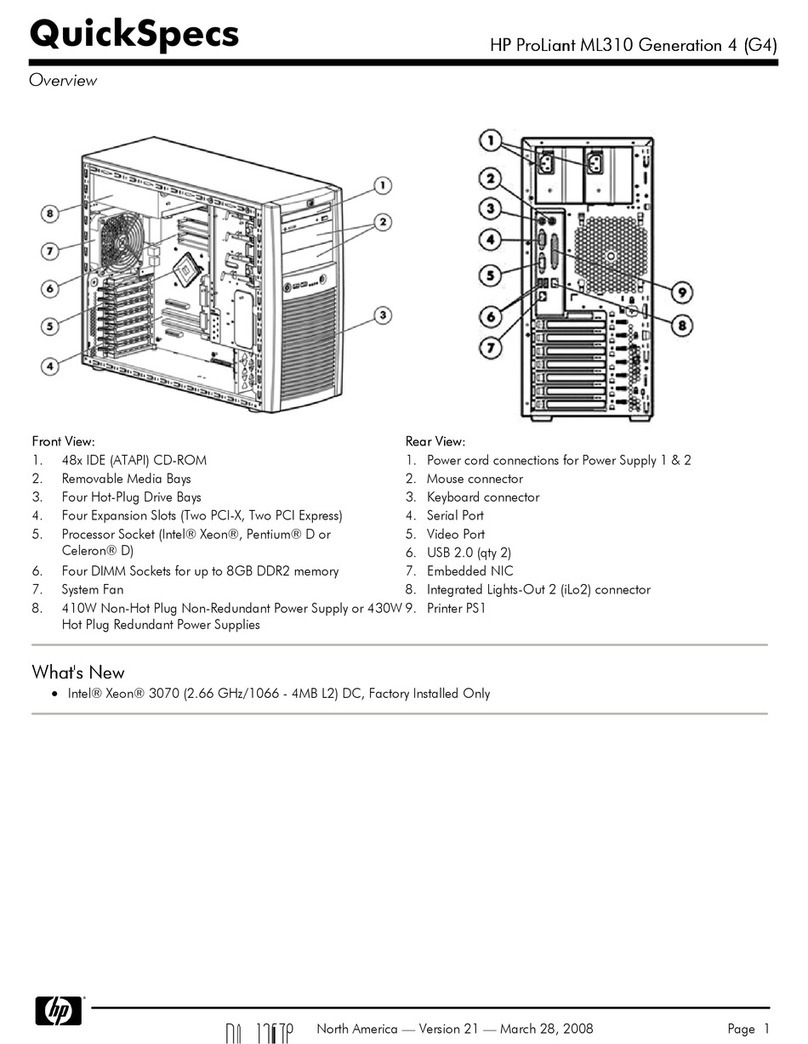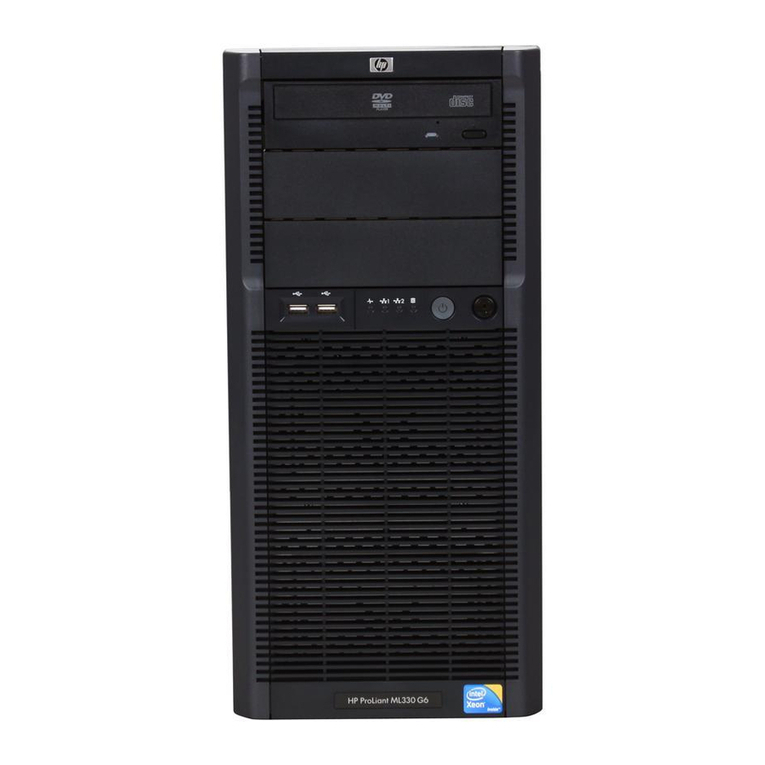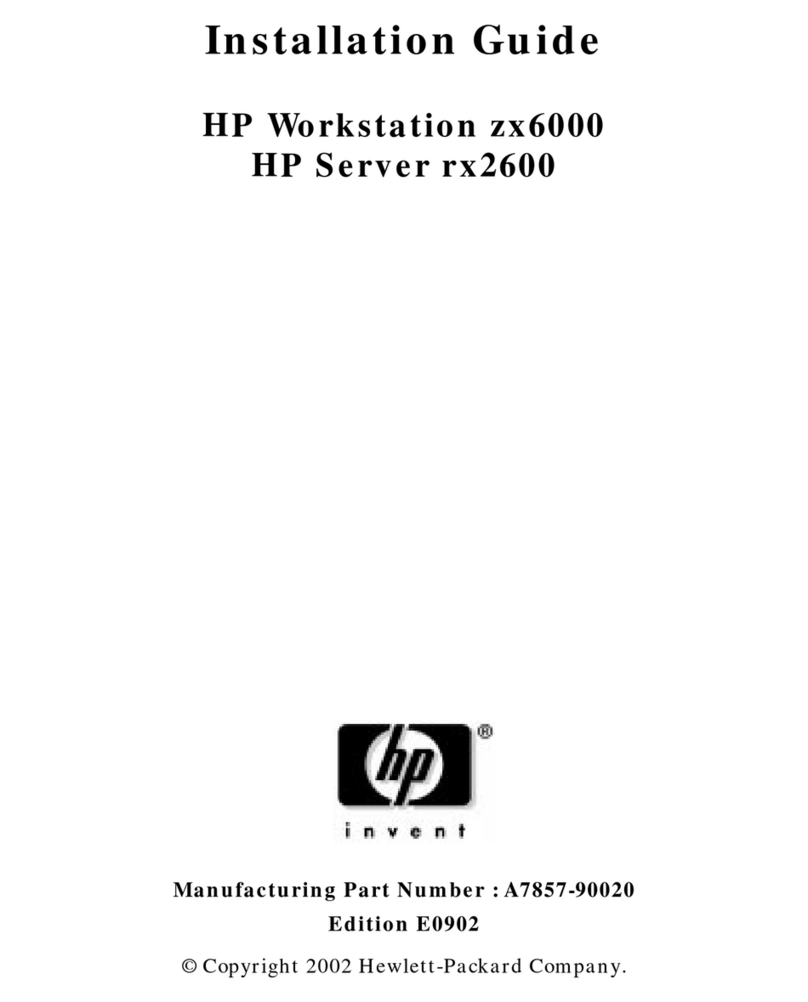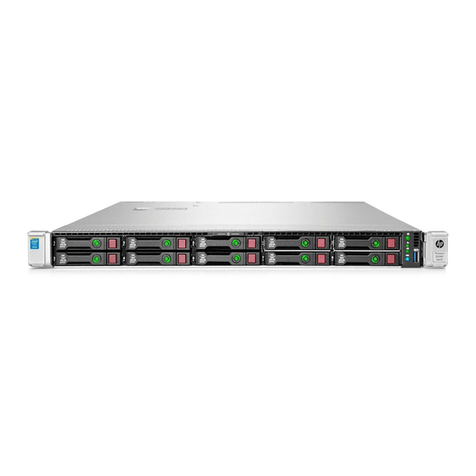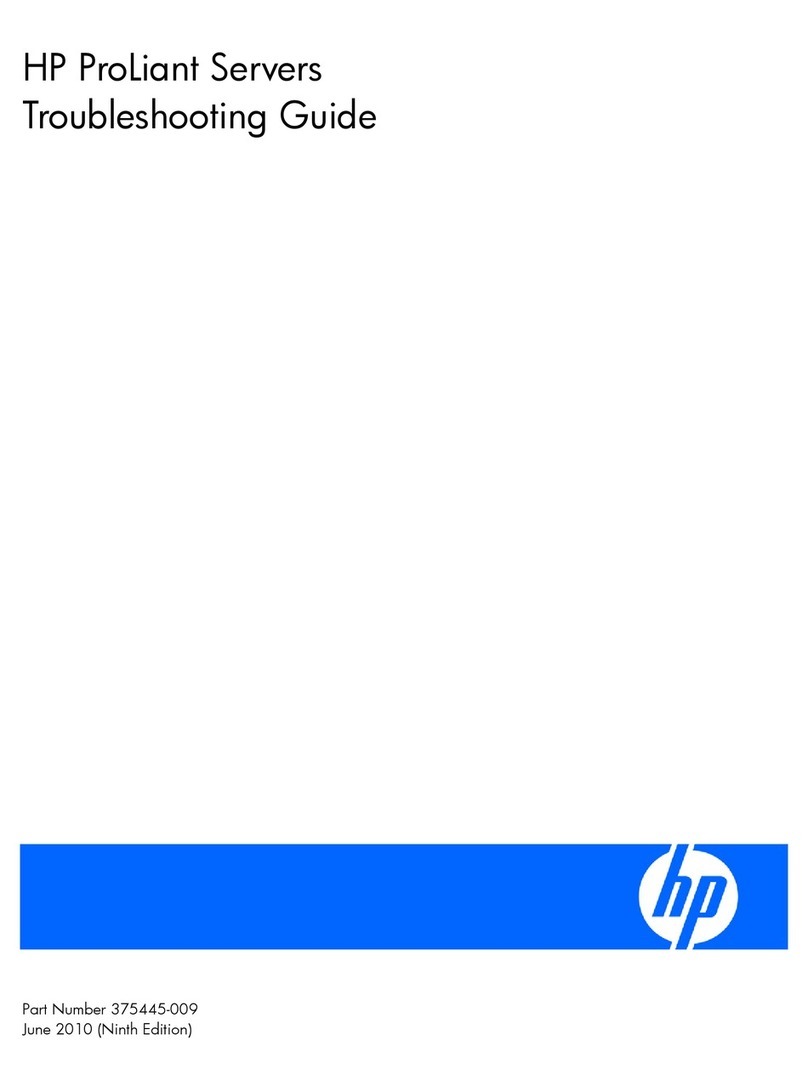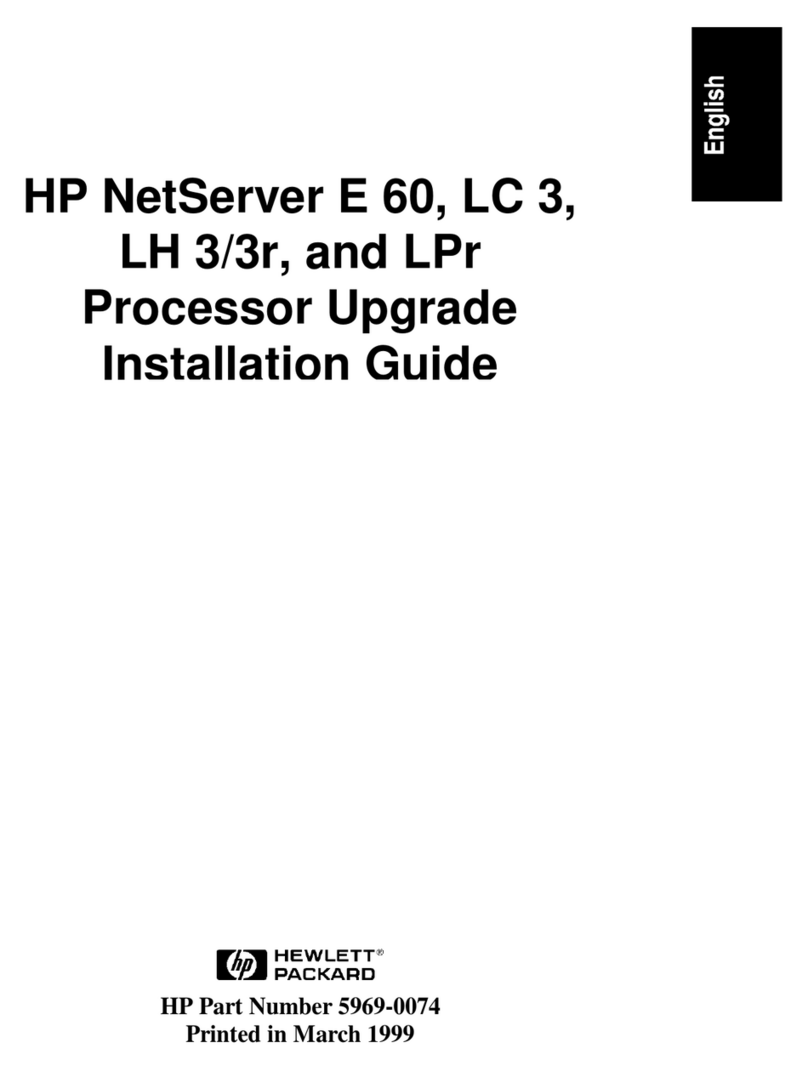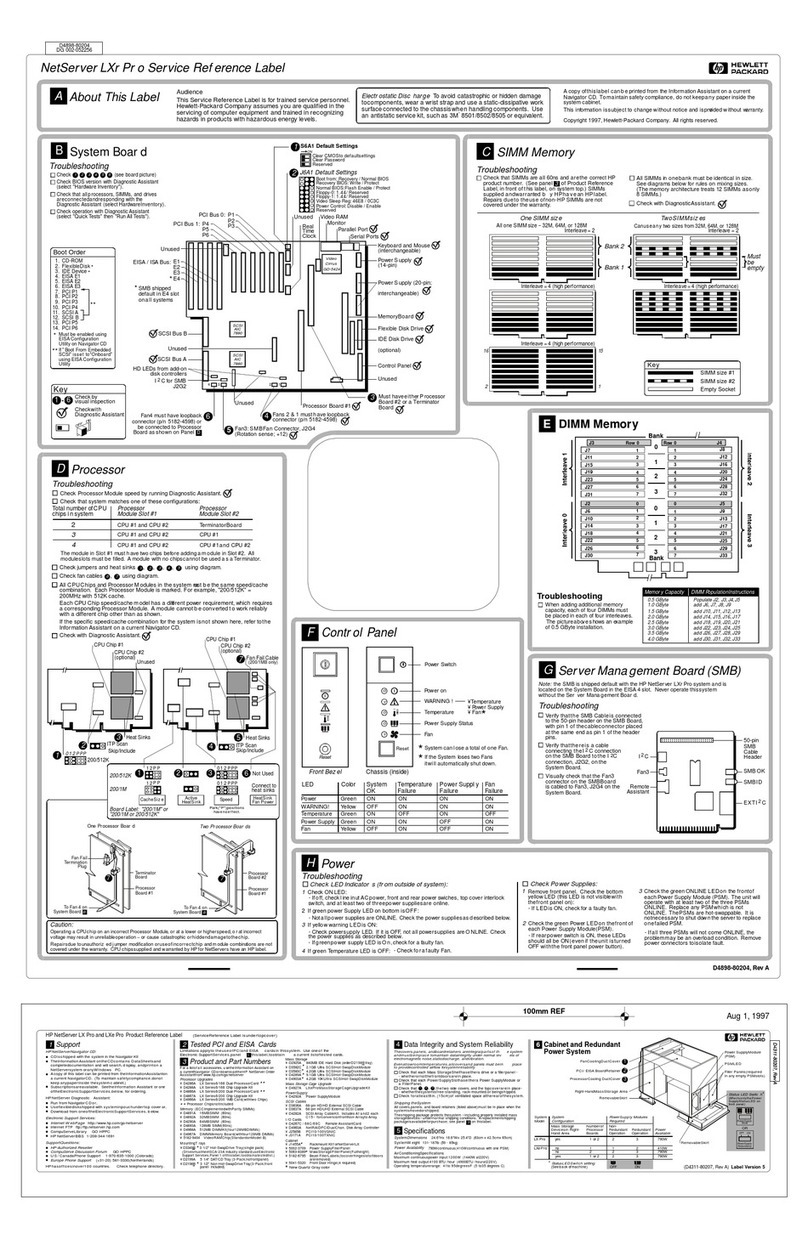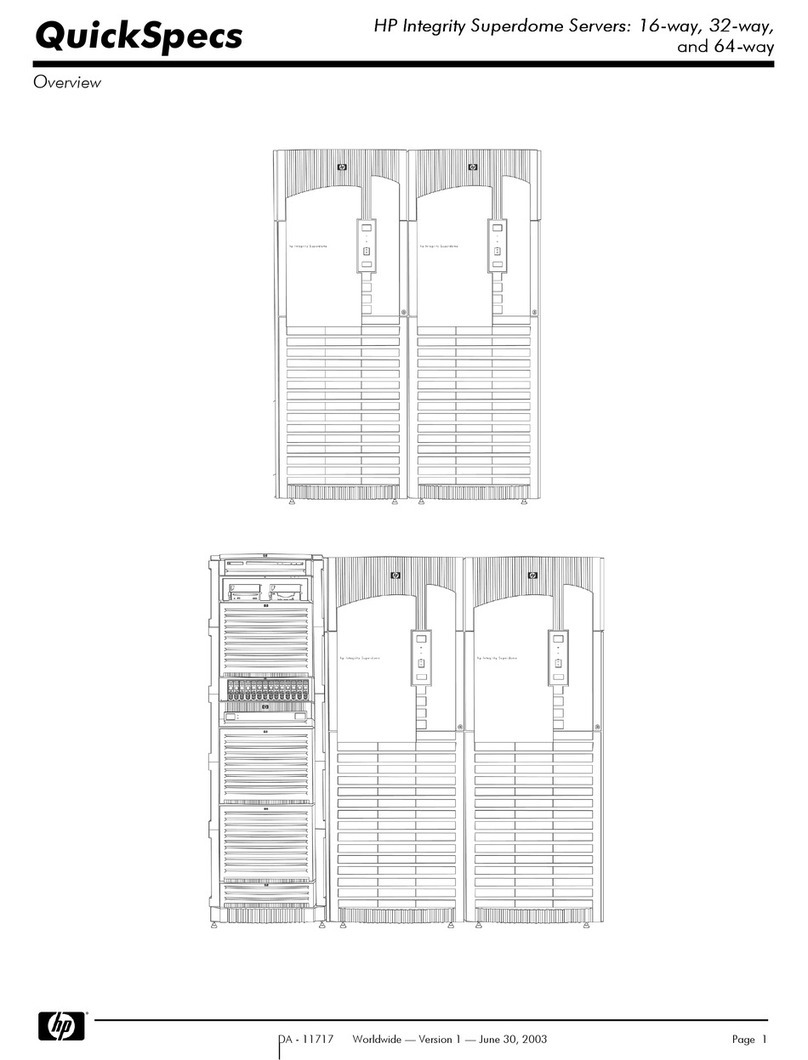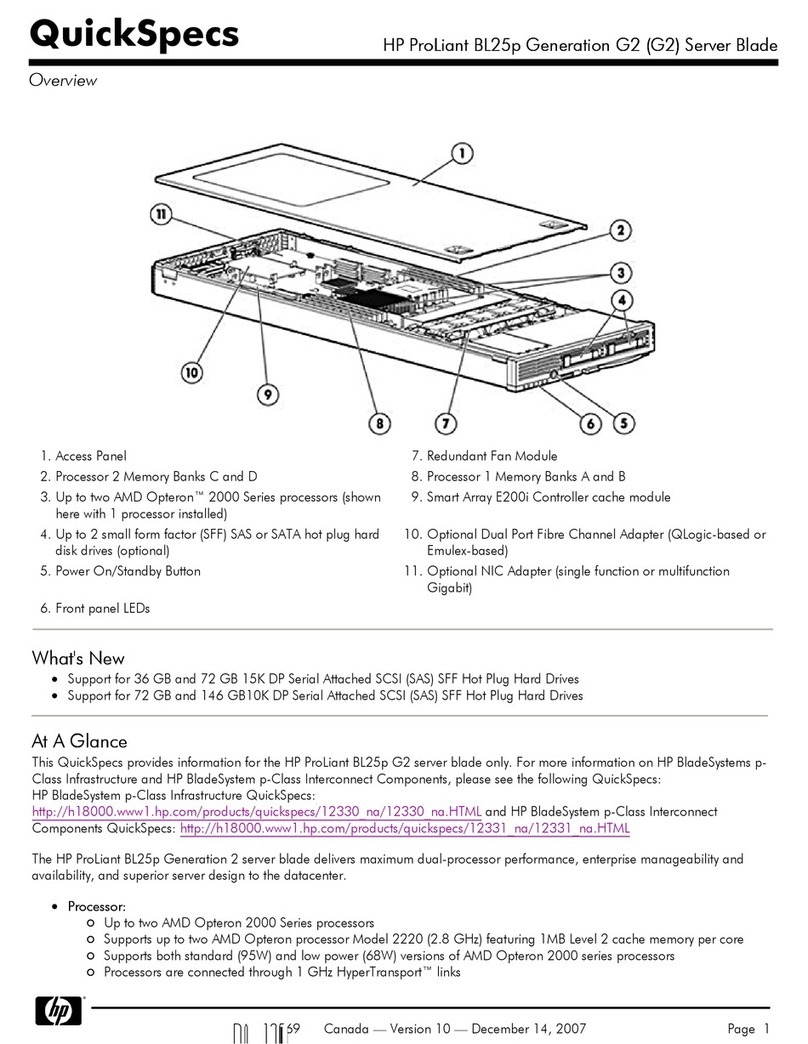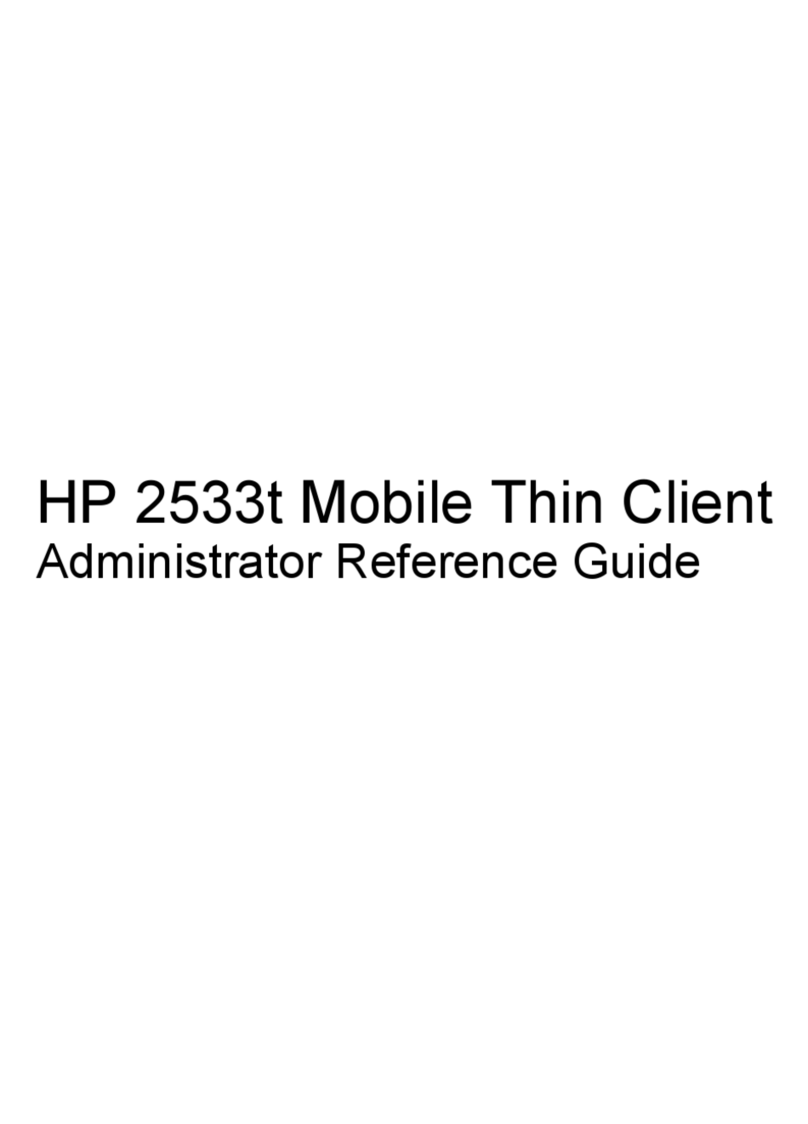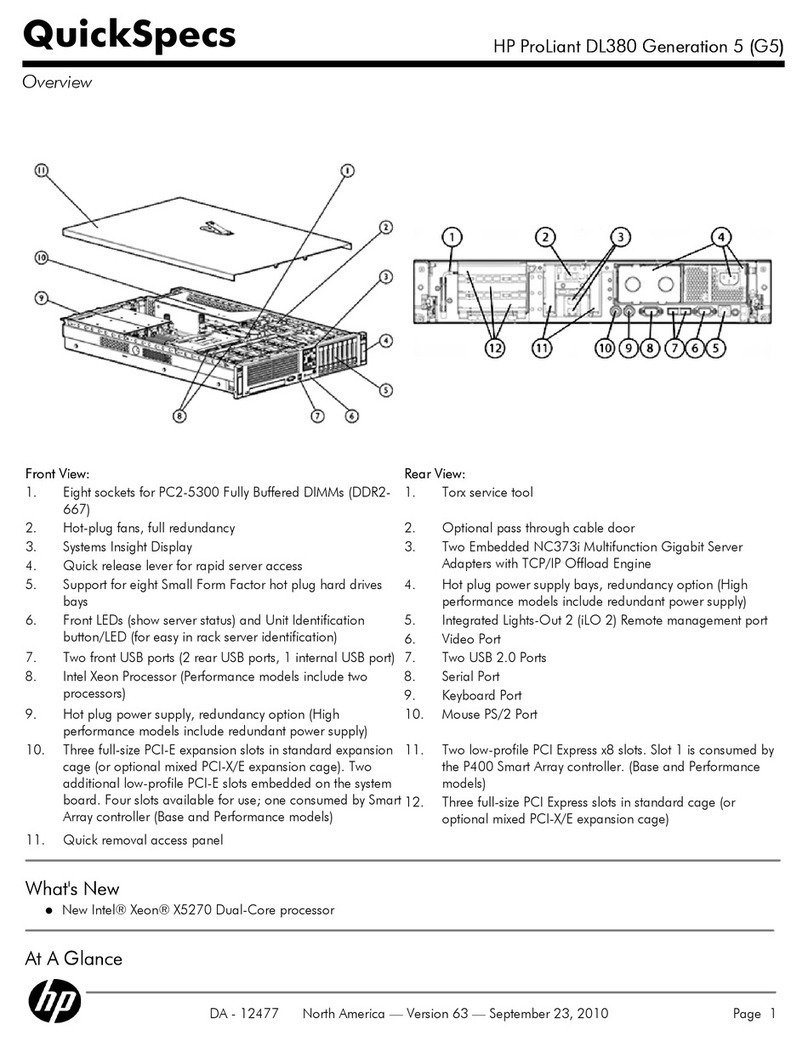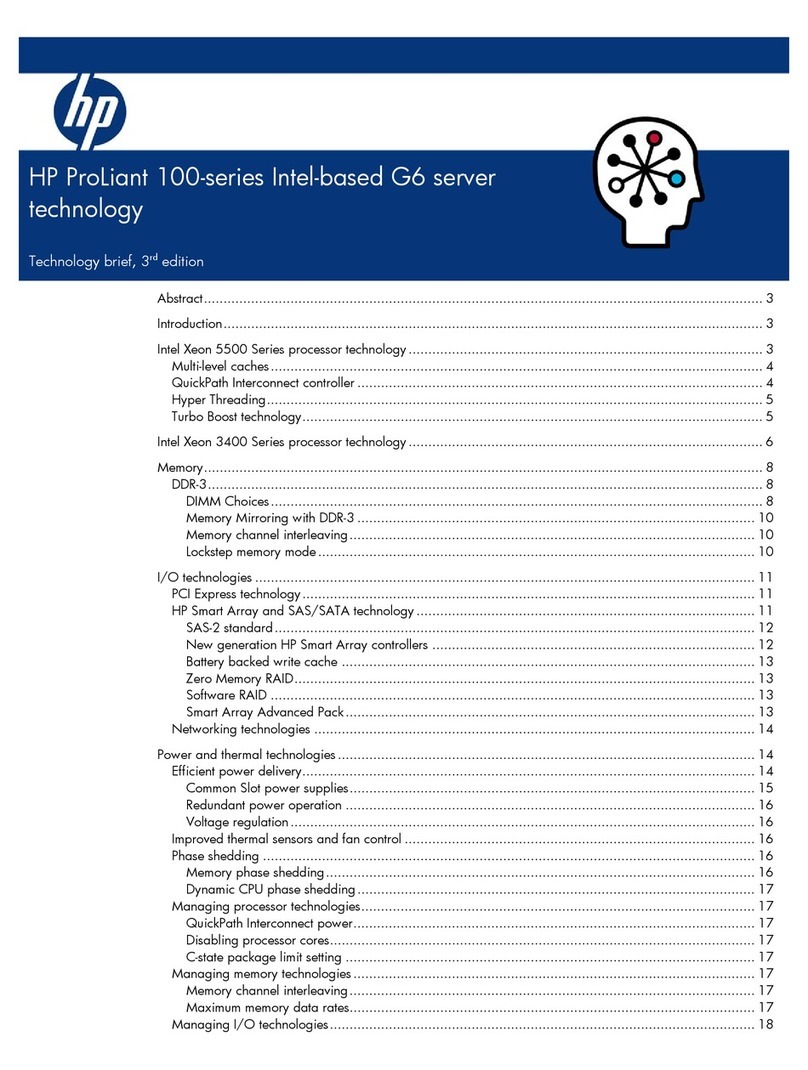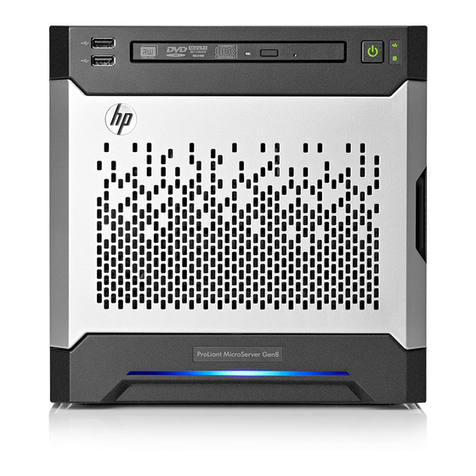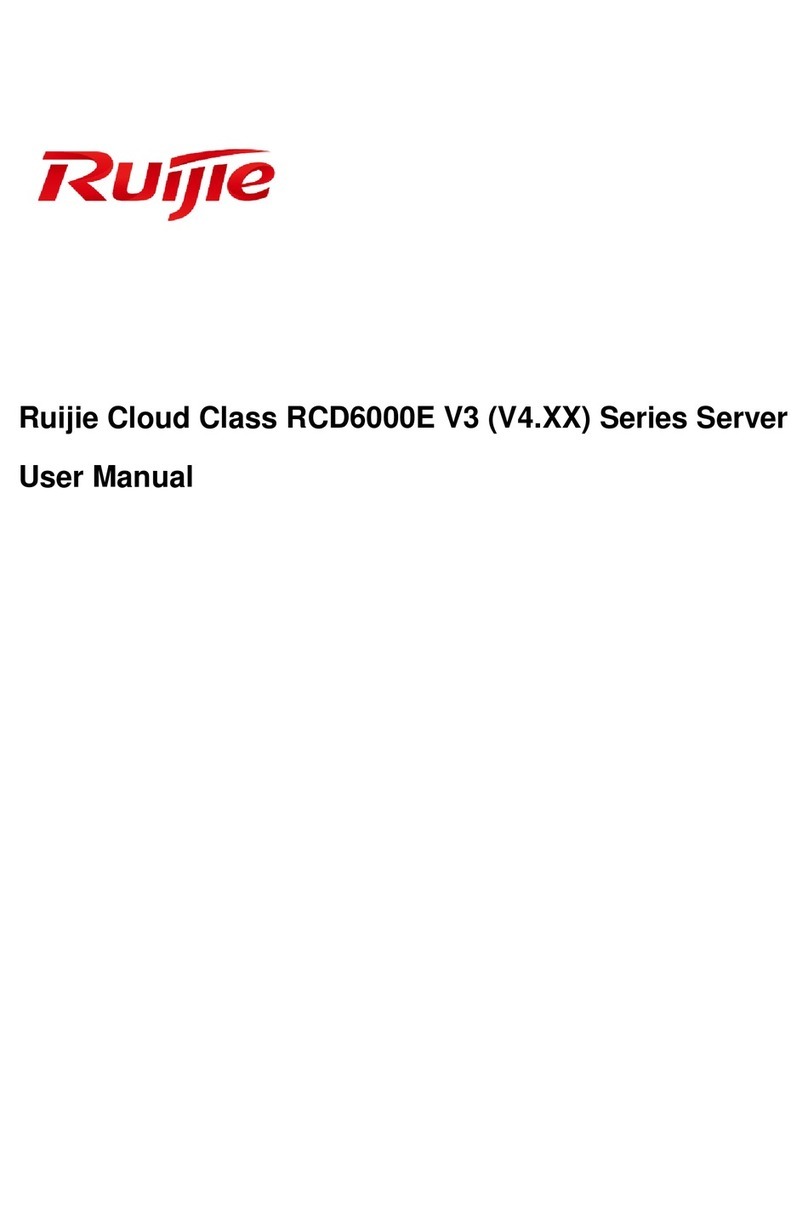Install in Rack (Optional)
Configure the HP NetServer
Verify Installed Accessories
(Optional)
Replace All Covers and
Connect All Cables
12
13
11
2. Run Configuration Assistant and Installation Assistant:
Go to the HP Navigator Main Menu. If you want to change the
language, select "Set Preferences" and the language. Select
"Configuration and Installation Assistant." Select "Express" from the
next screen to begin the "Express" mode of configuration.
"Custom" configuration mode and "Replication" configuration mode are
also available. Refer to the for details.HP NetServer LC II User Guide
1. Turn on the HP NetServer and monitor, and insert the HP
Navigator CD-ROM into the drive. Turn the power off, wait 10 seconds,
and turn the power on again. If the system fails to restart, follow the
instructions on the screen.
If you wish, you may now verify accessories you have installed. Turn on
the HP NetServer and monitor, and view the the boot screen.
The boot screen lists the hardware that the system detected, such as
CPU, DIMMs, and PCI and ISA boards. If the system fails to restart, follow
the instructions on the screen.
To install the HP NetServer in a rack assembly, refer to the following:
• Rack installation kit instructions
•
After completing the installation in the rack assembly, return to the
HP NetServer Rack Assembly and Cabling Reference Guide
HP
NetServer Rack Installation Road Map.
3. Select the NOS:
5. Configure Remote Management:
6. Configure Disk Array:
7.
Select the NOS you will install, and the version if
necessary. Installation of the optional IntranetWare NOS, which is in the
HP NetServer Software Option Package, requires the key obtained in
Section 5: "Prepare for Installation."
If you
plan to manage the HP NetServer LC II remotely, refer to the
elect "Configure
Remote Management" on the Configure Remote Management screen
to start the utility that configures Integrated Remote Assistant.
If you have a disk
array, refer to the
. Select "Execute" on the Configure Disk Array screen to start the
utility that configures the disk array.
To install the NOS manually:
On the Show NOS Installation Instructions screen, select "Save to
Disk." Then print out the
from the disk. Read these instructions before starting to
install the NOS.
to perform the manual NOS
installation.
4. Select the NOS installation mode:
Install the NOS:
8. HP NetServer management:
If you
select certain versions of Novell NetWare / IntranetWare or Microsoft
Windows NT Server, you will be asked, "Would you like to use HP's
automated mode of NOS installation?"
If you want to use automated NOS installation,
select "Yes." Choose automated NOS installation mode for first-time
installation of Novell NetWare / IntranetWare or Microsoft Windows NT
Server on a factory-configured HP NetServer LC II.
Perform a manual NOS installation if you are
installing a NOS other than Novell NetWare / IntranetWare or Microsoft
Windows NT Server, or if you replaced HP components. (For example,
if you replaced an HP network interface controller board with a third-
party board, install the NOS manually.)
If you selected the HP
automated NOS installation process, you will be guided through the
process by a series of HP display screens.
On the Create Driver Diskette(s) screen, select "Create Drivers
Diskette(s)."
Follow the instructions on the screen and the
Refer to the HP NetServer
Management Reference Guide, and install HP TopTools.
HP
NetServer LC II Remote Administrator Guide. S
HP NetRAID Series Installation and Configuration
Guide
Network Operating System Installation
Instructions
Network Operating
System Installation Instructions
!
!
!
10
1. Lower the system board:
2. Replace all covers:
3. Connect the power cord and all other cables.
If the system board is in the raised
position, hold the handles of the retaining latches vertical, and push the
system board down to seat it firmly in its slot. Then, lower the retaining
latches simultaneously to secure the board.
a.If a side cover was removed, insert its lower channel onto the lip at
the bottom of the chassis. Press the top of the side cover against the
chassis, so that it snaps it into place.
b.To replace the top cover, align both corners of its rear edge against
the similar sheet metal on the rear of the HP NetServer. Lower the
front of the top cover and pull it forward slightly to catch on the rear
of the chassis and to clear the front edge of the chassis. Tighten
both thumbscrews.
c. Align the front bezel against the front of the HP NetServer, and
press it firmly into place. Lock the front bezel with the key provided.
NOTE SCSI devices connected to a disk array controller board
(DAC) cannot be displayed at boot time. An ISA non-Plug-
and-Play board cannot be displayed at boot time.
NOTE To use the Integrated
Remote Assistant to run server management utilities
remotely, you must create the utility partition. "Express"
configuration mode creates it automatically. If you use
"Custom" configuration mode, create the partition by
selecting "Install/Update Utility Partition" from the Custom
Configuration menu within Configuration Assistant.
Console Redirection feature of
NOTE If you have installed an ISA non-Plug-and-Play accessory
board, you must for it by using
the Setup utility. Start the Setup utility by pressing the F2
function key when "Press <F2> to enter SETUP" appears
on the boot screen.
When the Setup utility starts, select "Configuration," and
then select "ISA non-Plug-and-Play Devices." Use the
arrow keys to highlight a selection, press ENTER to display
its options, and use the +/- keys to change values. When
done, exit saving changes. For more about reserving
system resources, refer to Information Assistant and to
"Configuring ISA Non-Plug-and-Play Board" in Chapter 4,
"Accessories," in the HP NetServer LC II Series User
Guide.
(If the system hangs before the Setup utility starts, remove
the ISA non-Plug-and Play board, run the Setup utility to
reserve system resources for it, and reinstall the board.)
reserve system resources
CAUTION Replace ALL covers before operating the
HP NetServer, even for a short time. Otherwise,
overheating can damage processors, boards, and
mass storage devices.
Thumbscrews
Front
Bezel
System
Board
1
1
2
3
Side
Cover
Top
Cover
